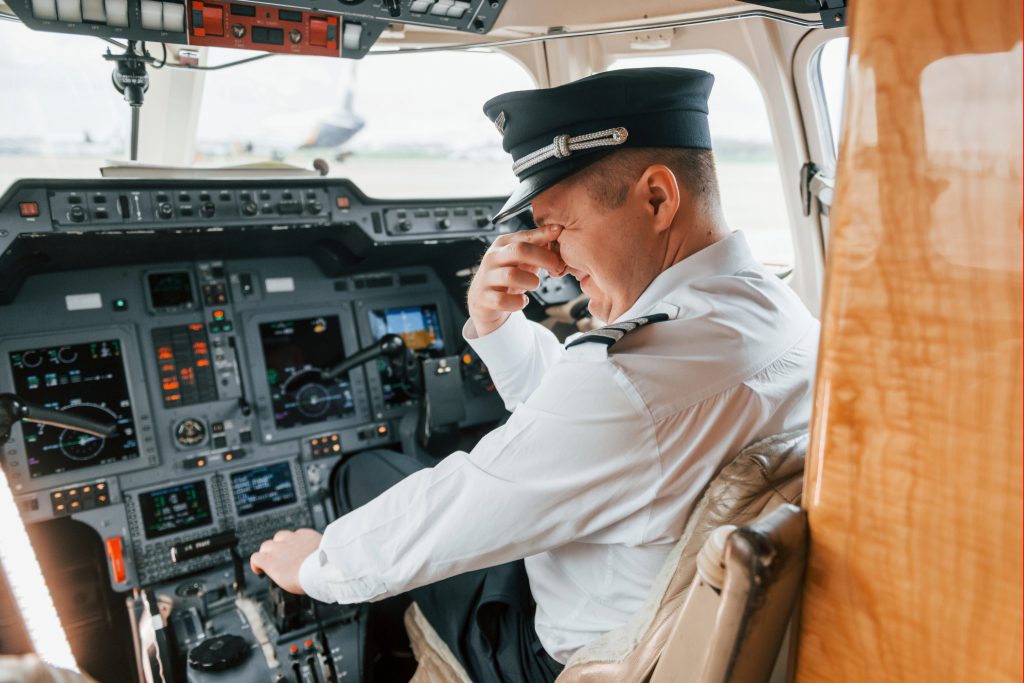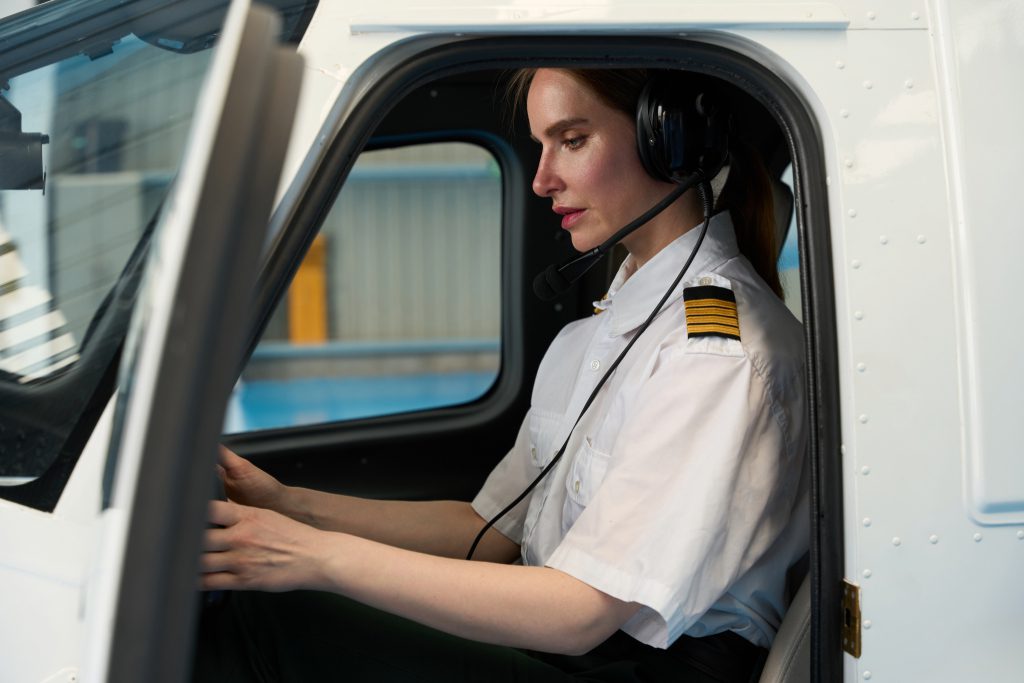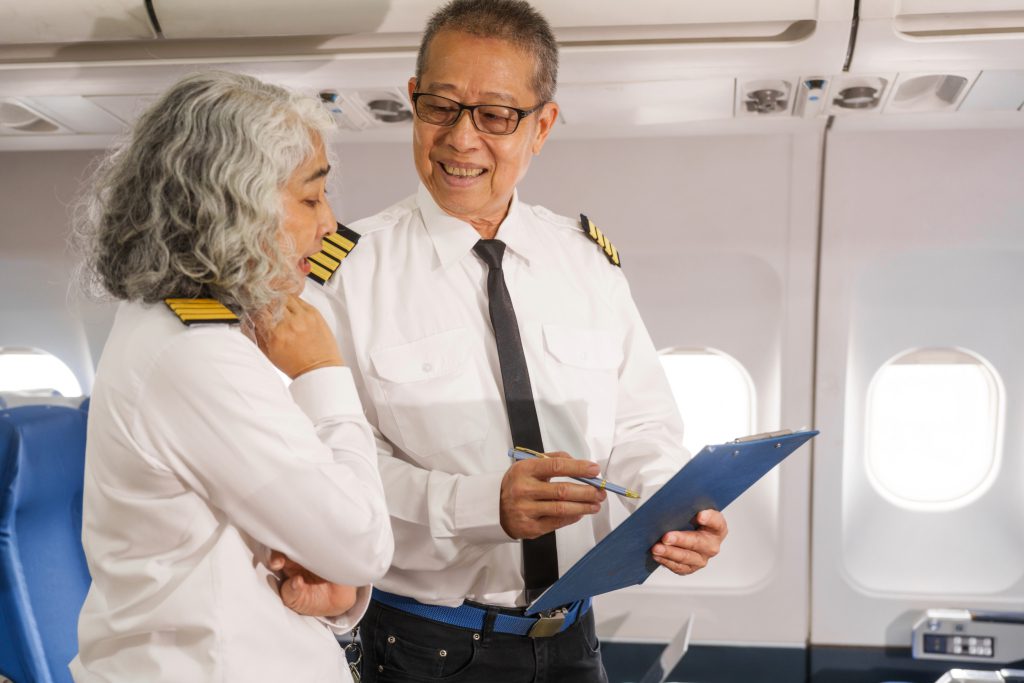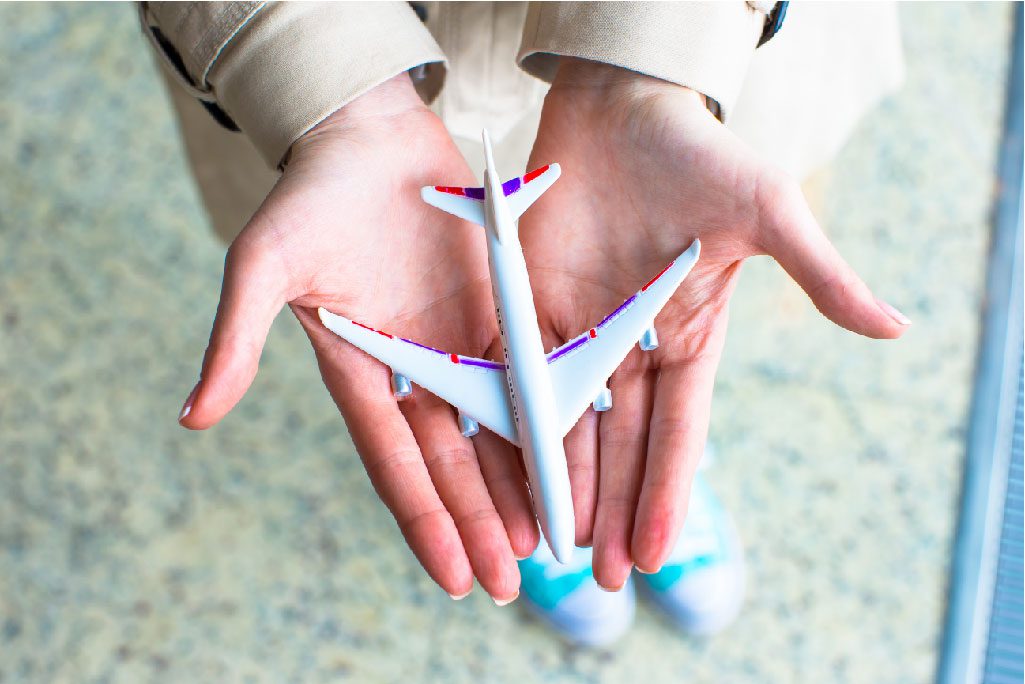For most student pilots, obtaining a Commercial Pilot License (CPL) is just the beginning of their journey. The real challenge is turning that hard-earned license into a paid job. One of the most efficient approaches to bridge the gap between training and employment is through networking. In this field, just like many others, connections can be equally, if not more, valuable than skills.
1. Begin Creating Connections While Still in Flight School
Make sure to seize every opportunity that comes your way while you are still in school. Join clubs and communities to gain new connections and engage with your fellow students, flight instructors, and even the administration staff. All of these individuals are already part of the aviation ecosystem and can serve as invaluable contacts and even encourage you to find work later in your career.
Step-by-Step: Make sure to participate in school-sponsored activities. Beyond assisting with flight school open days, look out for roles mentoring new students. Show commitment through dependable attendance and get noticed for your reliability.
2. Build a Social Media Presence Wisely
- Platforms like LinkedIn, Facebook, and Instagram serve as great platforms for connecting and networking with other airline professionals, pilots, and aviation recruiters.
- Actively participate in aviation-focused communities such as ‘Low Time Pilot Jobs’, ‘Aspiring Airline Pilots’, or Pilot Network Europe.
- Follow flight schools, airlines, and pilot recruiters.
- Make posts about your milestones and training goals (e.g. achievement of solo flights and completion of checkrides) to showcase your commitment and development.
Action Tip: Remember to maintain a professional image on your profiles, as recruiters in aviation often do preliminary searches online before considering candidates for interviews.

3. Go to Aviation Seminars and Job Fairs
Aviation and recruitment expos, air shows, and aviation job fairs are crucial for networking as you get to meet employers and recruiters in person.
Why it matters: These opportunities allow for self-introduction and addressing pertinent questions, which enables you to make a strong impression that is difficult to achieve with just a resume.
Remember to carry:
- A good number of printed resumes
- Business cards (they still serve a purpose!)
- A confident yet modest attitude
4. Foster Connections With Your Instructors and Other Mentors
Your flight instructors tend to have extensive networks and possible job contacts, so treat each as a mentor and be respectful, professional, and eager to learn.
Bonus: They can also provide letters of recommendation, which are important to have when applying to smaller regional airlines or charter services.
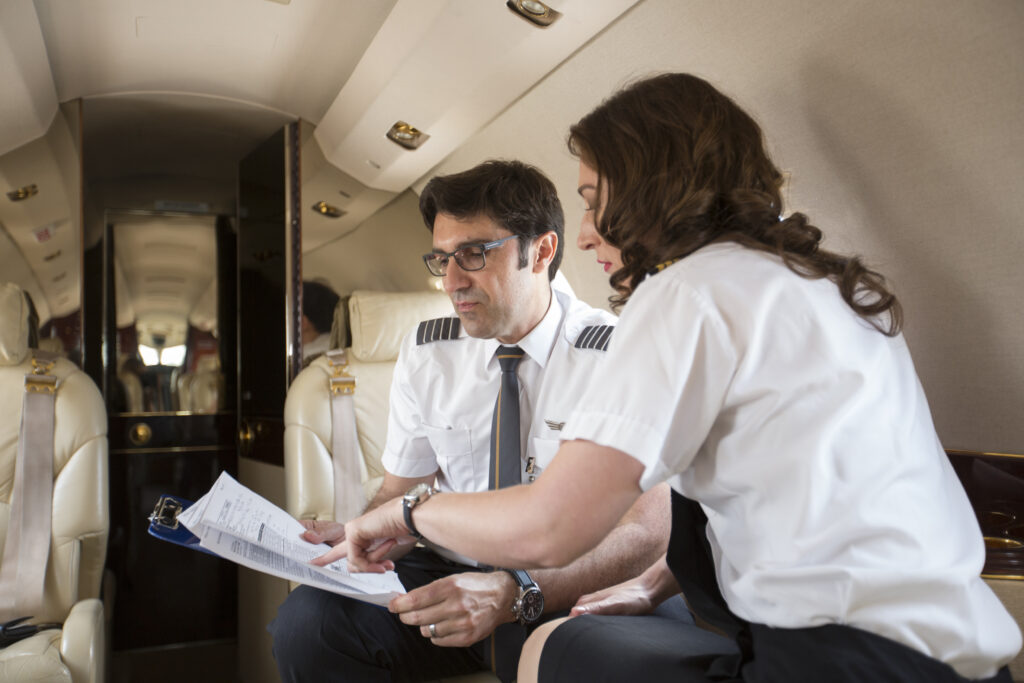
5. Volunteer or Part-Time At Your Flight School and or Local Airport
Working as a ground crew member, a dispatcher, or even an admin at a local FBO will bring you right into the action. You will get to interact with pilots, aircraft owners, and operators, some of whom could be potential employers.
Action Tip: Make yourself known as the ‘yes’ person who is always willing to help and follow through. Having that kind of work ethic can shift things in your favor.
6. Network Laterally, Not Just Up
Networking is not limited to captains and airline executives. Your classmates, new graduates, or even your CFI peers can be the ones who recommend you for your first job.
Why? They might give up their position, and the company will need someone to take their place and will look to the team for suggestions.
7. Draft A Pilot Resume And Always Keep It Handy
An aviation CV should be aimed at being as concise and sector-specific as possible. The following information should be incorporated:
- Flight hours both in total and in segments
- Types of licenses and ratings held
- A variety of aircraft flown
- Simulator sessions
- Interpersonal abilities, including soft skills
- Don’t forget to add contact information and a link to your profile on LinkedIn.

8. Be Proactive and Follow Up
If you’re looking for a CFI, banner towing, aerial survey, or right-seat SIC positions, make sure to follow up with a phone call or an in-person visit if you’re able. You must remain professional and polite, but make sure to demonstrate that you’ve got some initiative.
Keep in mind: A quick call or stop by could help shift your resume to the top priority pile.
Final Thoughts
When first attempting to enter the aviation industry, the entire process can be challenging; however, through proactive networking, it becomes considerably smoother. Begin with your flight school community, utilize social media, attend industry conferences, and be prepared to learn from everyone you meet. Often, your first flying opportunity is only a strong connection away.










